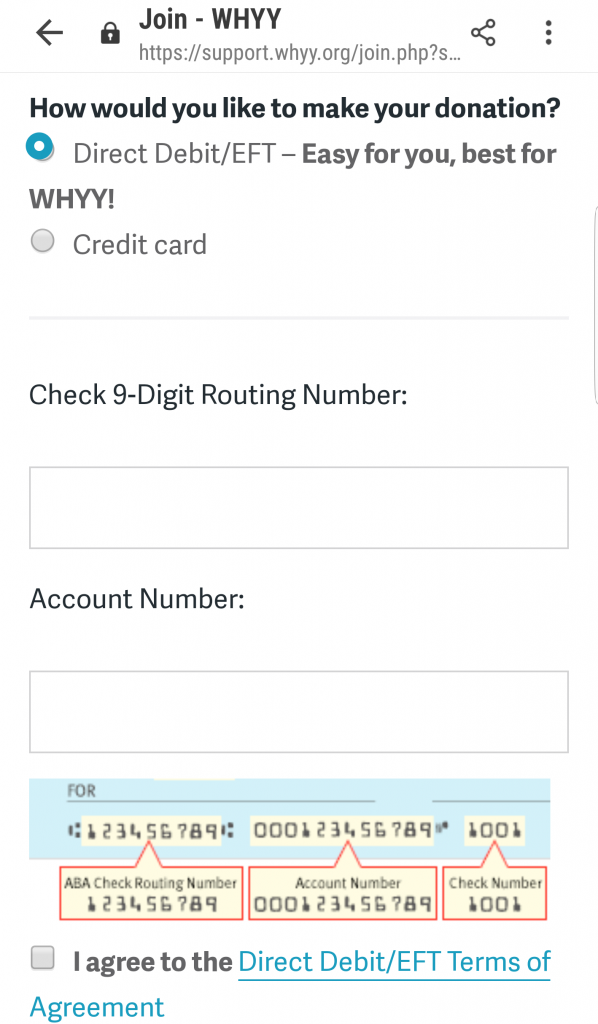When it comes to nonprofit fundraising, monthly giving packs a lot of power. Even for the smallest organizations, a monthly giving program makes sense. You should be not only discussing it, but doing it, and if you’re not yet doing it, you need to go forth and figure out how to make monthly giving happen at your organization. The benefits are transformative.
Within the space of this blog, we’ve been spouting off the benefits of monthly giving for years. Seriously. Just go ahead and type the words “monthly giving” into the search function on the top right side of your screen. It’s right below the top banner that features my smiling (and hopefully welcoming) face. We’ve published a lot of written content about the topic, as well as created the Basics & More classic, Mastering Monthly Giving, which we first launched around five years ago.
Years ago, I conducted an interview with Harvey McKinnon, monthly giving pioneer and author of the holy grail known as Hidden Gold, and a couple of years ago, I published the interview in this space. The exchange revealed a strong case for why all nonprofits need a monthly giving program, and Harvey included many reasons for why this is so. They’re all still true today.
So what’s his first reason? “You’ll dramatically increase your annual income,” he explains. “Since Hidden Gold came out, we’ve analyzed probably hundreds of files and looked at how much donors were giving before they became monthly donors and how much they were giving afterward. And generally speaking on an annual basis each person that converts to monthly giving gives two to three times more money, some of them even more.”
Another reason you need to set your systems in place for monthly gifts that’s absolutely vital? Retention. If you’ve been following me for even a short while, you know I preach the gospel on how monthly giving has the capability to increase donor retention. “One of the most important things [about monthly giving] is that donors will stay with your organization longer,” Harvey explains. Toward the beginning of the summer, we discussed the results of 2019’s Giving USA report, which revealed that individual giving percentages are down. Smart fundraisers know that one way to combat individual giving decline is by starting a monthly giving program, which brings donors on board for the long haul. Monthly giving is essentially a kickass donor retention machine that combats the dreaded pitfalls of donor attrition. It’s a straight-up sustainable system to have in place.
Yes, monthly giving is amazing, but like most things that are worthwhile, it’s not without its challenges. Your donors are providing their debit card or credit card information for recurring charges, which can work out well…until it doesn’t. According to Loss Prevention Magazine, “Identity theft, which is a type of fraud that often leads to unauthorized card transactions, reached a record high in 2017, with 16.7 million victims (as reported by Javelin Strategy & Research), more than 1.3 million more victims than the previous year.”
Cards getting declined every now and then are an inevitability, whether because they expire or have been canceled due to identity theft. It’s simply a question of when it will happen and how you go about handling it. So how can you take proper precautions? According to my friend Erica Waasdorp, author of Monthly Giving: The Sleeping Giant, having the right tools and systems in place can help safeguard against cards getting declined. In a Q&A with 4 a Good Cause in late May, she laid out a couple of options:
Credit card account updater has been called a game-changer when it comes to monthly donors because it keeps those donors whose card expires or declines going without the organization having to follow up. It saves you time, money and lost revenue. So, if you’re investigating options for monthly giving because you’re not happy with the tools you have now, make sure that the provider offers credit card updater…
This Account Updater example from Braintree, a PayPal service that serves as a mobile and web payment platform, is a great example of this kind of tool. This system automatically requests updates for vaulted payment methods in the case of expired or replaced cards.
To prevent dropouts and having to deal with expiring and declining cards is to offer the Electronic Funds Transfer (otherwise known as EFT, ACH, Direct Debit, Automatic Bank Withdrawal) option online. That’s a trend that’s growing. Donors in Europe have been giving that way for years but it’s just starting to catch on here. If you can get your monthly donor to provide their bank account, your retention increases even more.
By replacing the traditional debit or credit card, EFT creates a strong safeguard against potential card issues. It’s hard to imagine better protection against cards getting declined than using an alternative method of payment altogether. Initially, EFT is a little harder to set up. Donors don’t always have the required info readily available. But EFT ultimately leads to less hassle in the end, is more secure, and leads to less lost revenue. For those reasons and more, it’s worth the extra effort.
I recently updated my WHYY membership. I did it on my Android because I happened to read the email from them on my phone. And I really appreciated the ease of EFT. Check out this winning little example from Philadelphia-based FM radio station WHYY. You’ll notice that the donation form not only defaults to EFT as an option but explains how to do it in the simplest way possible.


















 I can’t wait to meet with you personally.
I can’t wait to meet with you personally.
Comments on this entry are closed.